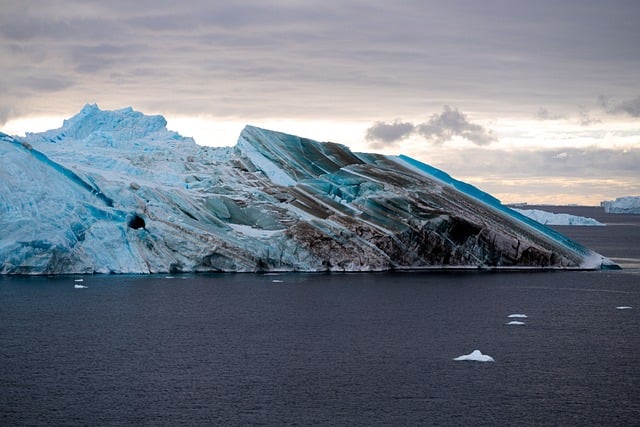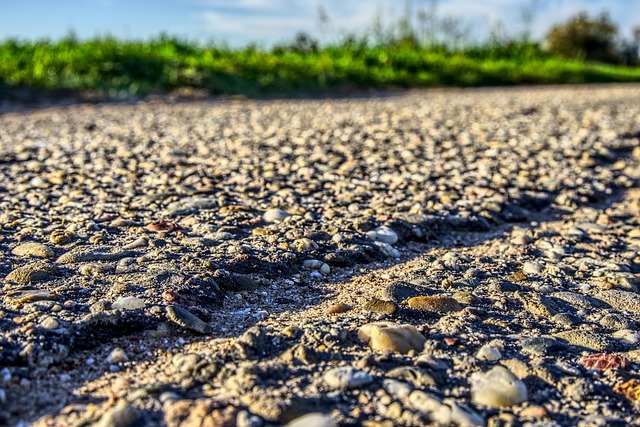The phenomenon of melting glaciers has emerged as one of the most distressing indicators of climate change. These colossal ice formations, which have stood for millennia, are now retreating at alarming rates, and the consequences are far-reaching. As temperatures rise and weather patterns fluctuate, the echoes of a warming planet are evident in the steady decline of our glaciers.
The impact of melting glaciers goes beyond the loss of breathtaking landscapes; it signals a dire warning for our environment. Glaciers act as natural reservoirs, melting slowly to provide crucial freshwater to rivers and lakes during warmer months. Their rapid diminishment threatens the water supply for millions of people who depend on these sources for drinking, agriculture, and hydroelectric power. Countries with glacial-fed rivers are poised to face severe shortages, leading to conflicts over water resources and significant stress on already vulnerable societies.
Additionally, the alarming retreat of these ice giants contributes directly to rising sea levels. As glaciers melt, they pour billions of tons of freshwater into oceans, increasing their volume and resulting in the inundation of coastal communities. Cities such as Miami, New Orleans, and even parts of Manhattan are seeing the consequences; streets that once remained dry are now prone to flooding, and infrastructure is being tested in ways previously thought unimaginable.
Moreover, the phenomenon of melting glaciers has repercussions for global weather systems. As ice melts, it disrupts natural patterns and creates a cascade of extreme weather events. The destabilization of polar regions can lead to unpredictable weather in remote locations far from these melting ice caps. This chain reaction can result in intense storms, droughts, and shifts in global temperature that exacerbate the challenges already posed by climate change.
The melting of glaciers is not just a statistic; it represents a tender interplay with the very fabric of our planet. Each cubic meter of ice that vanishes signifies a poignant loss of biodiversity, as unique ecosystems that thrive within these frozen realms face extinction. Several species that rely on ice-covered habitats, including seals and polar bears, see their survival chances dwindle. The loss of glaciers means the loss of entire biomes, disrupting the balance that sustains life in some of the world’s most fragile environments.
As we witness these changes, it’s essential to understand that the implications of melting glaciers extend beyond geographic borders. They bind us all in a shared narrative about the future of our planet, emphasizing the urgent need for unified action against climate change. Each individual can do their part by advocating for sustainable practices, supporting renewable energy initiatives, and fostering awareness about the importance of preserving our environment. The reality illustrated by the retreat of glaciers encourages a collective responsibility to safeguard our planet for future generations.
While the visible signs of melting glaciers might seem distant, they are a call to action. Imagine standing on the shores of a once-frozen lake, the ice gone, replaced by swirling waters that whisper of past generations. The urgency to act is now, as our glaciers fade into memory, carrying with them the stories and stability of the world we once knew. It compels us to fight against a trend that, if left unchecked, will alter our world dramatically, forever intertwining our fate with the fragile state of the planet.




